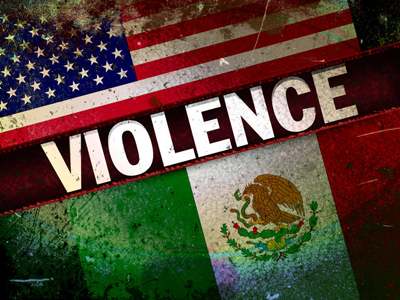

| In
recent international discourse, perhaps one of the most controversial
countries on watch around the world is the United Mexican States, better
known as Mexico. If world-wide fears stemming from the Swine Flu's
origin in a small town near Mexico city last summer wasn't enough, so
too are the continuous international media portrayals of Mexico's drug
violence along the United States-Mexico border. Best summed up by the
Midland Reporter-Telegram: "It's hard to pick up a newspaper these days
without reading about drug cartels pulling off murders, decapitations,
kidnappings, torture and intimidation harassment" (1). Other common
media portrayals including gory news reports of daily shootouts spawned
by drug cartels are "fuelling concerns among North Americans and
Europeans that Mexico is increasingly unsafe, even if most of the
violence is along the US border, far from top tourist areas" (TVNZ 1).
The natural response to such negative media coverage of Mexico's ambiguous safety situation, has negatively affected the tourism sector of this country. Mexico has recently experienced a "tourism meltdown", and it is this precise fear of drug violence that is pushing tourists away from this country (Midland Reporter-Telegram 1). What is even more unfortunate for the Mexican tourism industry is it makes up "eight percent of Mexico's economy" (TVNZ 3). To better exemplify the ways in which Mexican tourism has experienced a depressing decline in reputation are the sites/sights and scenes of Mexico dependent upon international guests. It is important to note that Mexico represents "one of the world's top destinations", with more than 20 million visitors per year! What once used to be a country best known for its wide array of travel experiences filled with cultural attractions, fun nightlife, and ideal beaches for the ever present beach culture, this country has now conjured up images of violence spawned by drug and weapon trafficking into the United States.
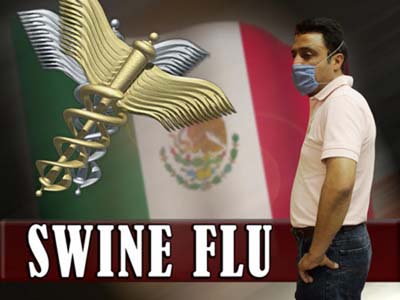 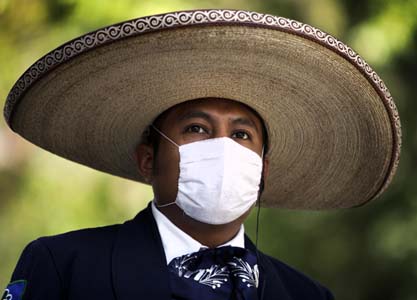 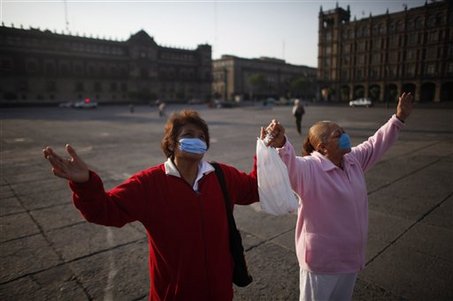 Even my own experience growing up on a border town in south Texas has represented a disapproving area of the United States for its proximity to Mexico for the parents of friends at Southwestern University. Both I and my parents have had to alleviate the Mexico related worries of my Southwestern friends from northern parts of Texas. One of my friends in particular, was not allowed to visit the Mexican neighboring town of Matamoros for fear of drug related violence. Another dear friend was hesitant that her parents would allow her to visit me in Mexico City this coming summer. Taking into account my personal stories of the fear many Americans hold about Mexico, I couldn't believe the discourse that affected the question of safety not only in Mexico but within my own home town.
 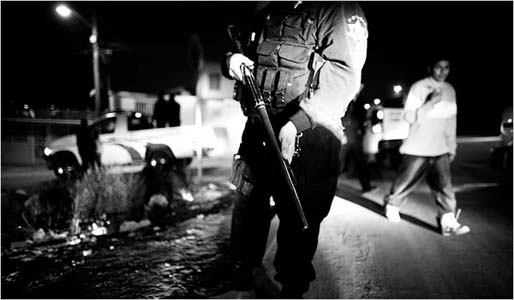 Because of the prevailing written work and images portraying Mexico's unsafe circumstances, stemming from international media, it is obvious that opposing evidence to this common perception is weak, if not sufficient to reverse the stigma on tourism into Mexico. And what's more, suggests Rick Seaney, chief executive of airline price comparison website FareCompare.com, is that "perception is everything when it comes to leisure travel" (3). He couldn't be more correct in detailing the current negative perceptions held by international tourists about Mexico.
a class taught by Bob Bednar in the Communication Studies Department at Southwestern University
|